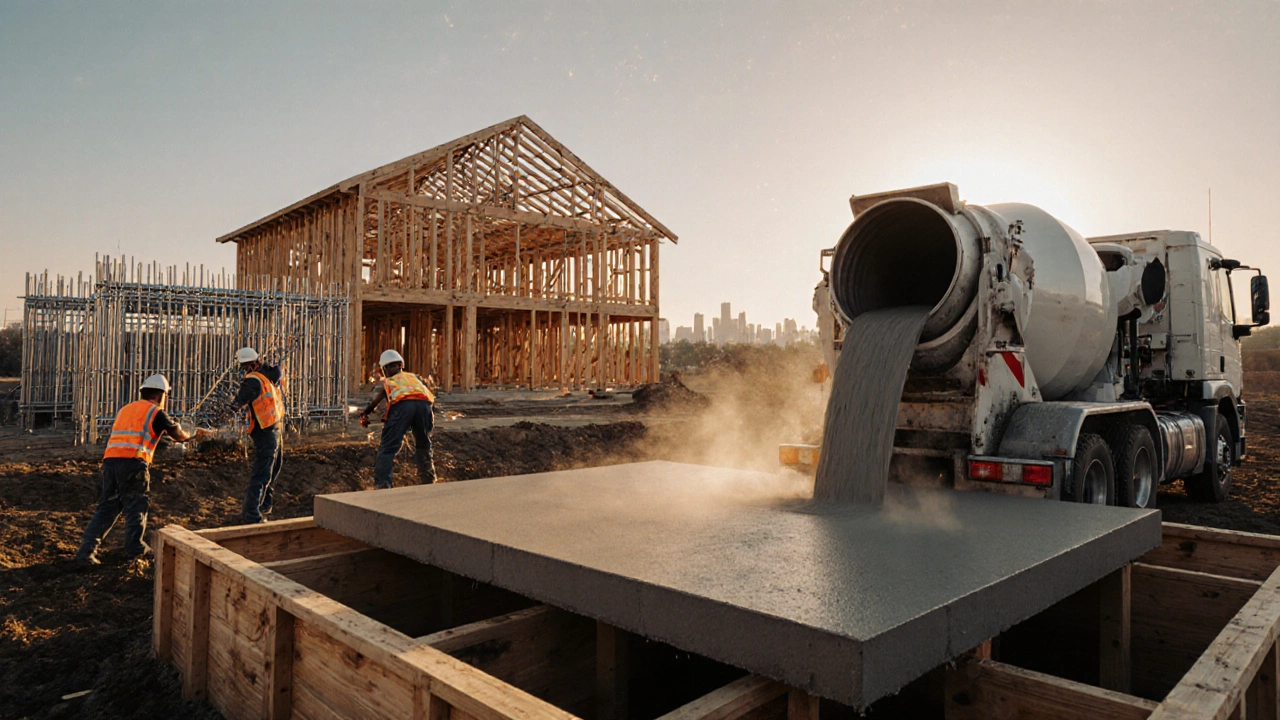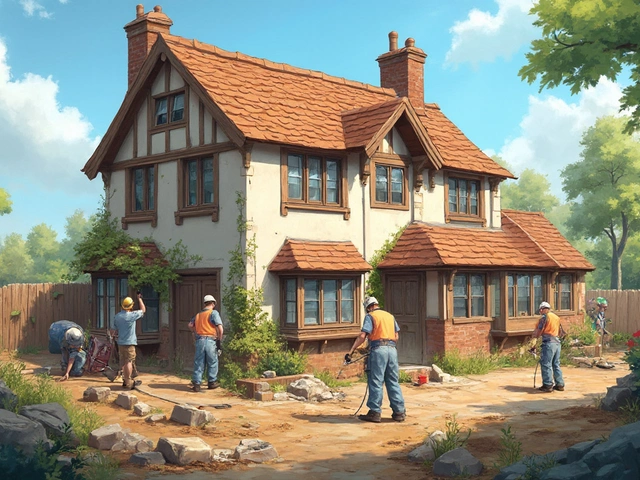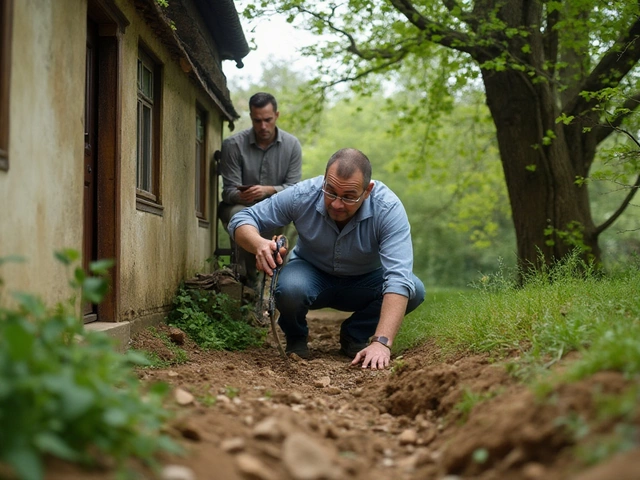Most Used Construction Materials
When talking about most used construction materials, the building blocks that appear in almost every project, from a modest bungalow to a skyscraper. Also known as common building materials, they form the backbone of structural integrity, cost control, and design flexibility. Understanding what they are, where they come from, and how they interact helps anyone from a DIY enthusiast to a seasoned contractor make smarter choices.
One of the biggest players is Concrete, a blend of cement, water, sand, and aggregates that hardens into a rock‑like mass. Concrete delivers compressive strength, fire resistance, and shape versatility, making it the go‑to for foundations, slabs, and columns. It requires quality aggregates—often crushed limestone from local quarries—to reach the performance levels builders demand. Steel is another cornerstone; its tensile strength complements concrete’s compressive power, creating the famous reinforced concrete combo used in almost all modern structures. Steel’s recyclability and predictable behavior under load keep it popular for frames, beams, and rebar.
For projects that value speed, weight savings, or a warm aesthetic, Timber steps in. Engineered wood products like CLT (cross‑laminated timber) give wood the strength needed for multi‑storey builds while preserving a natural look. Timber also works well with concrete and steel, forming hybrid systems that cut costs and carbon footprints. Meanwhile, Limestone plays a dual role—not only as an aggregate in concrete but also as a standalone material for walls, flooring, and decorative cladding. Its availability from nearby quarries means lower transport costs and a smaller environmental impact, which is why many UK builders keep limestone on their material checklist.
How These Materials Interrelate and Why They Matter
Think of a building as a puzzle where each piece must fit and support the others. Concrete provides the solid base; steel reinforces it; timber adds flexibility and rapid assembly; limestone supplies both strength and aesthetic appeal. This relationship creates a chain of dependencies: without reliable limestone aggregates, concrete can lose durability; without steel, concrete slabs may crack under tension; without proper timber detailing, hybrid frames could suffer from moisture issues. Because of these links, procurement strategies often bundle these materials together, ensuring consistent quality and timing across the project timeline.
Beyond the core four, other frequently used companions include bricks for façade work, drywall for interior partitions, and insulation materials that keep energy bills low. Each of these ties back to the primary materials—bricks sit on concrete footings, drywall attaches to timber or steel studs, and insulation fits between them. When you look at the collection of articles below, you’ll see this web of connections explored from many angles: foundation design, roof budgeting, DIY repairs, and even the classification of commercial spaces. All of those topics share a common thread—making the right material choices at the right stage.
Ready to dig deeper? The posts that follow break down real‑world scenarios, from how a cracked foundation can be fixed using the right mix of concrete and steel reinforcement, to why a dry‑fit kitchen saves time and money before the final install. Whether you’re planning a new build, renovating an old home, or just curious about what makes a structure sturdy, the articles below give practical tips, cost insights, and step‑by‑step guidance that build on the basics we’ve covered here.
Top 10 Common Construction Materials Used Today

Explore the 10 most common construction materials, their key properties, costs, and best uses. Includes a comparison table, selection guide, and FAQs for faster decision‑making.
read more



